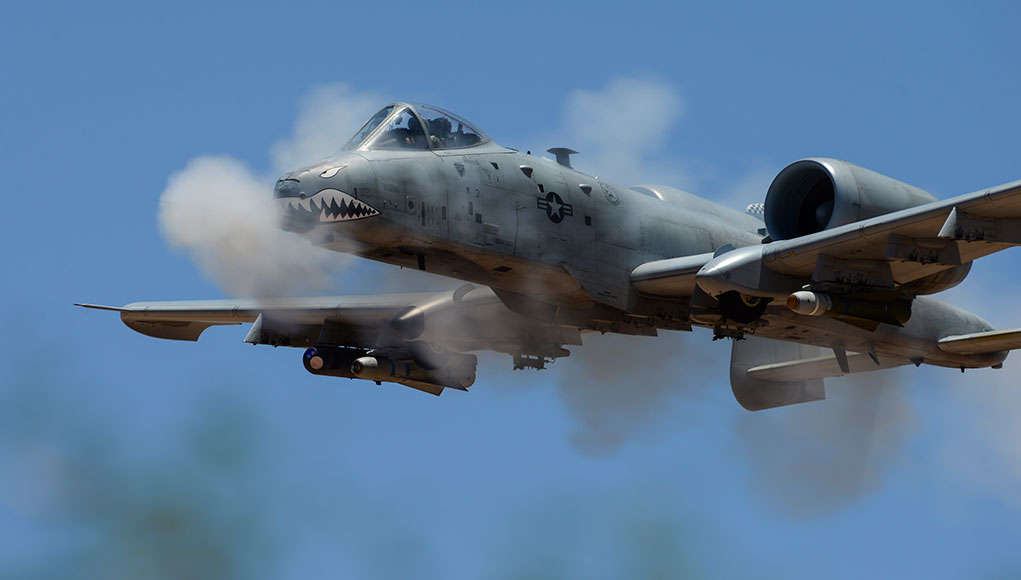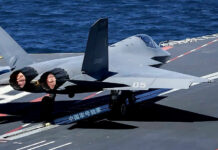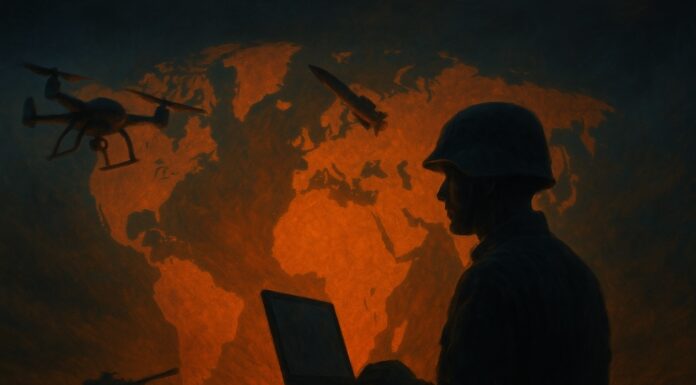The U.S. Air Force plans to maintain its fleet of Fairchild A-10 Thunderbolts close air support aircraft and the Lockheed Martin U-2 high altitude spy plane, shelving plans to phase out these cold-war era platforms. The strategy change acknowledges the need CAS and ISR capabilities, particularly to maintain and preserve present operational capabilities against insurgencies in Syria, Iraq, and Afghanistan, in parallel of developing new capabilities for future operations against much more sophisticated and capable enemies.
The Air Force confirmed Tuesday that it plans to maintain the majority of its A-10 Warthogs in coming years, despite previous plans to phase out the entire A-10 fleet, replacing the armored flying gunslingers’ Close Air Support (CAS) capability by fifth-generation F-35 stealth fighters and new, off the shelf light attack platform.
An Air Force official said the A-10 fleet was being kept indefinitely, but in the future, some A-10 aircraft could be retired as other aircraft become operational.
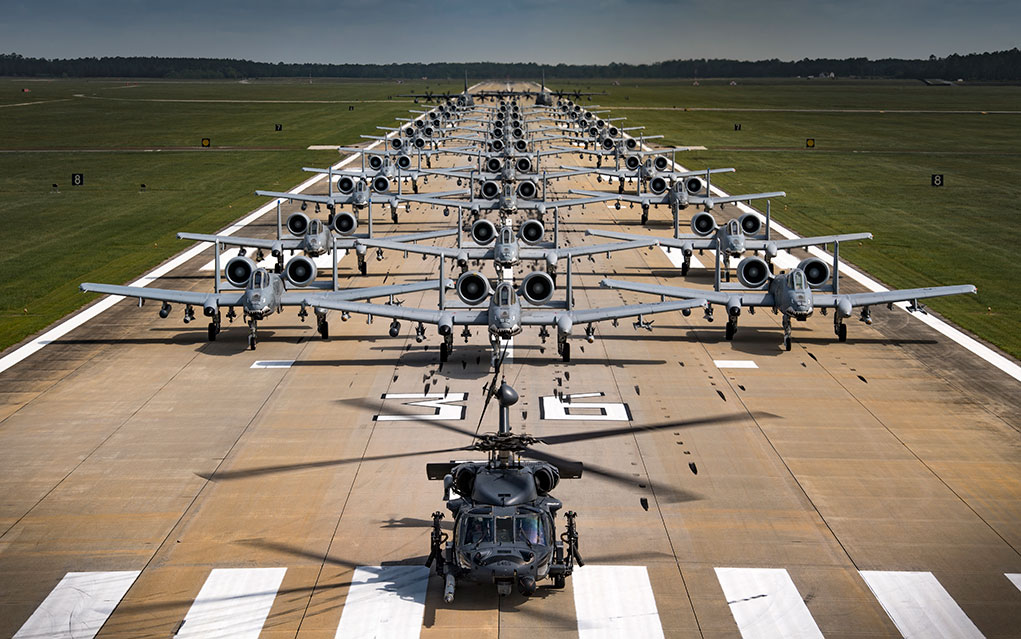
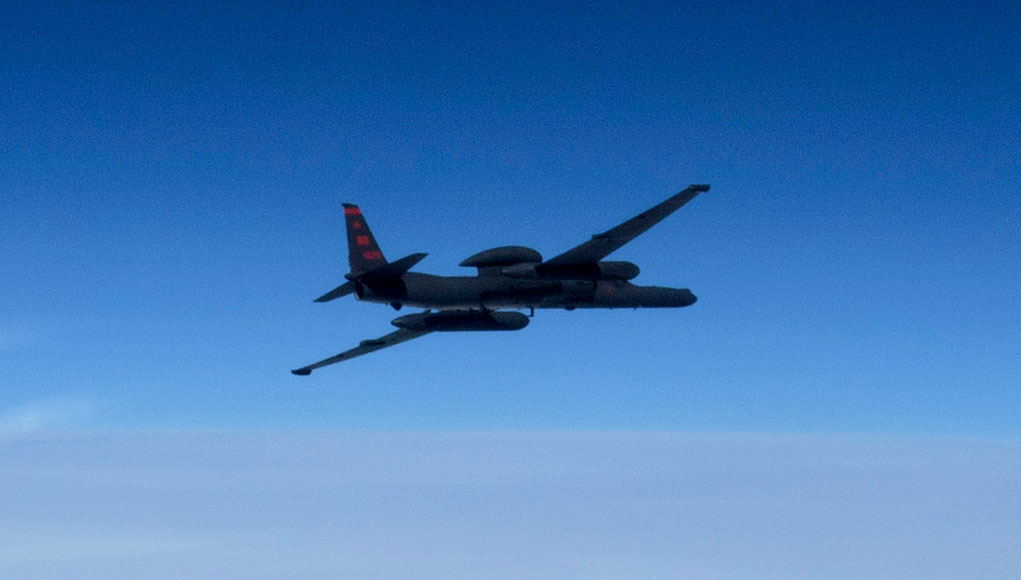
The U.S. Air Force also dropped plans to begin retiring the U-2 Dragon Lady spy plane around 2019. The Pentagon’s budget request for fiscal 2018 does not include any funding request or time schedule for the U-2 retirement. As a result of additional spending in the recently enacted 2017 budget and the proposed 2018 plan, the Air Force has more resources to maintain both the RQ-4 Global Hawk unmanned platforms intended to replace the U-2 and the manned spy plane. “We plan to keep that platform well into the future. It’s a capability that we need and we also need the capacity as well,” Said Maj. Gen. James Martin, the Air Force’s deputy assistant secretary for budget. “We need both [platforms] to meet the demand of ISR,” Martin said.
Budget uncertainty in previous years played a role in recent recommendations to retire the U-2, the general said. The U-2 retirement could save about US$2.2 billion, the Air Force estimated last year. But “the world changed in August 2014,” Martin said, in an apparent reference to the start of the U.S. military campaign against the Islamic State of Iraq and Syria, or ISIS.

